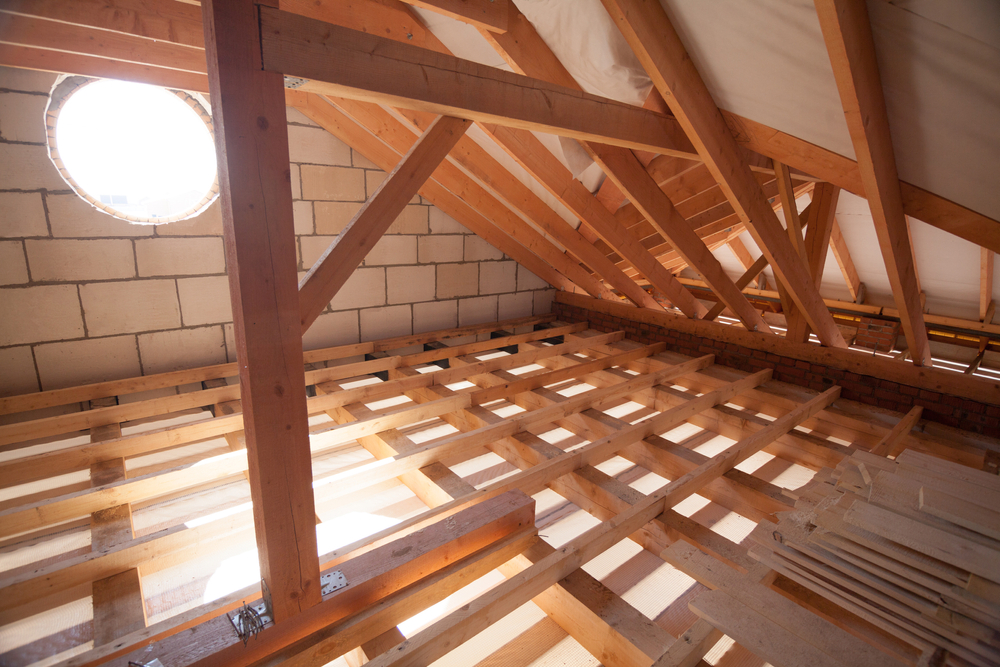
Options for home insulation are wide-ranging. So, how can you decide which insulation to install in your home? First, you’ll need an understanding of your specific goals and your home’s needs. To help, we’ll take a look at what each type of insulation can do for you and what kinds of costs to expect.
Budget
When it comes to insulation, most homeowners want a great bang for their buck without going over budget. In general, spray foam insulation costs a considerable amount more than fiberglass. However, spray foam is more efficient and lasts longer, requiring less maintenance over time.
Size of Installation
The size of the area you need to have insulated will have a large impact on your overall price point. It is important to first consider the scale of your installation, as this may impact your decision for your insulation material.
Fiberglass
Fiberglass was once the most popular option on the insulation market. Fiberglass remains an effective and affordable option that is still used in many homes today. Just like the name says, fiberglass is a material made from tiny fibers of glass. Fiberglass comes in thick sheets called batts but it can be installed in a couple of different forms.
Fiberglass can be blown in as a loose form of the original material. Blown-in fiberglass is often seen to have an edge over other methods of blown-in insulation, as it lasts longer, costs less, and is more resistant to mold and moisture.
Fiberglass batts may be a solution used for insulation throughout your home but blown-in fiberglass is more commonly used in attics. Both solutions are considered to be more affordable than spray foam insulation, especially within large homes that require a lot of insulation. Fiberglass is often installed alongside other insulation techniques including duct encapsulation and air sealing.
Spray Foam
Spray foam is not a method of blown-in insulation. Instead, it refers to a type of foam insulation spray. It is originally in liquid form and foams up when applied. The polymer can reach every crevice of a surface, providing greater protection. Spray foam is rising in popularity among modern homeowners. This material has a lot to offer. Key characteristics of spray form include:
- A high R-value
- Effective as a sound barrier
- Highly mold and mildew resistant (great for allergy sufferers)
- Pest-proof
- Durable and long-lasting
Spray foam requires quality, professional installation. An insulation professional can also guide you through energy savings estimates and help you consider the total cost of your project.
Closed Cell vs. Open Cell Insulation
Closed cell spray foam will not allow any air in or out of a space. Closed cell spray is very effective and can even add structural integrity to your house! This can be a great option for people who live in older structures or areas with high winds. Open cell spray foam has more fluff to it. Open cell spray foam is often a cheaper alternative to closed cell spray foam, but it is still a great insulator. This option can also be very useful for absorbing sound.
Ready to make the right choice for your home? Contact an insulation professional to get accurate estimates based on the location, condition, and size of your home – like Attic Man!

